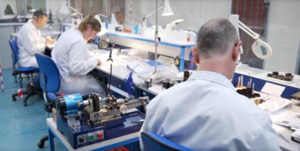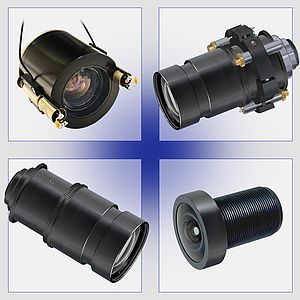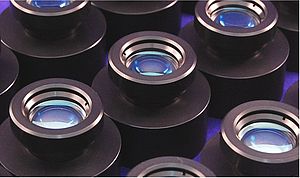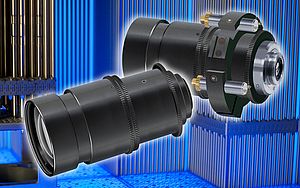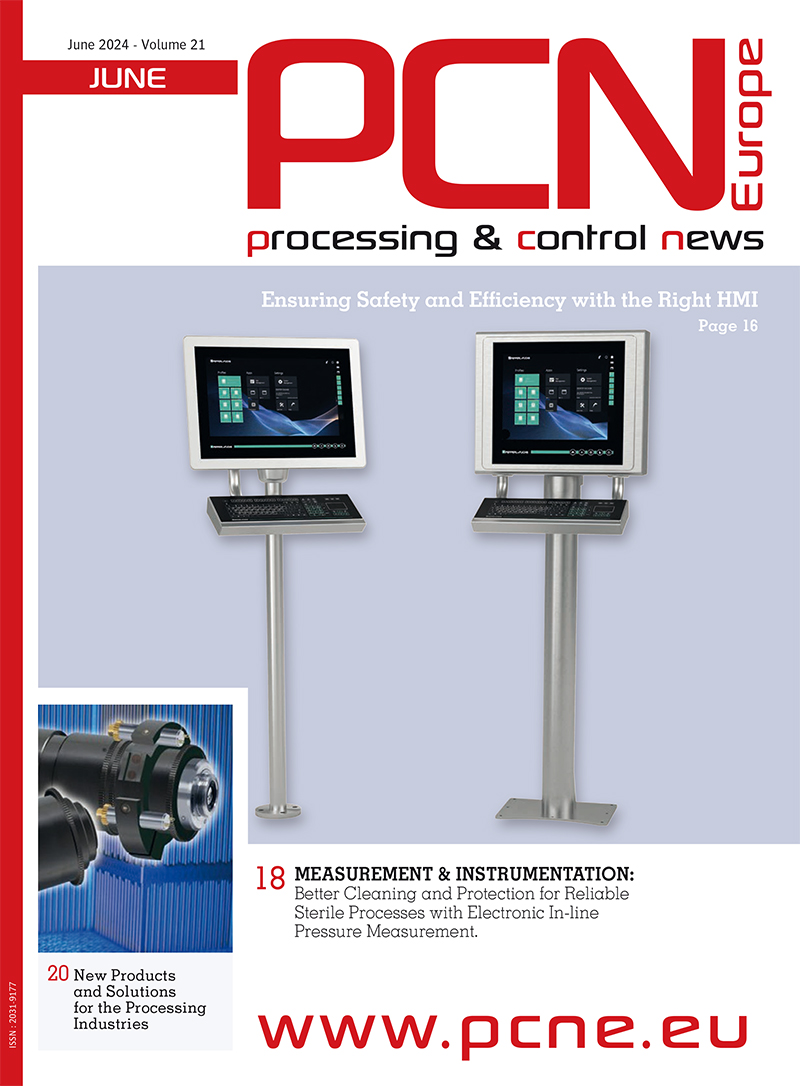PCN Europe: Could you please give a general overview of the applications in the nuclear industry your specialist lenses are used for? What are the challenges in this field?
Rob Watkinson: Our non-browning lenses are used for a variety of applications in both nuclear power stations and waste reprocessing plants. Typically, our radiation tolerant lenses are used as part of a camera or sensor system for visual inspection and general surveillance in parts of the nuclear plant subject to higher levels of ambient radiation. They are also used in other areas of the facility so that in the case of an emergency, remote surveillance of the building would still be possible. Drawing upon approaching 30-years’ experience of the nuclear industry, Resolve Optics has built a strong reputation for specialist lens design and manufacture of smaller production quantities of radiation tolerant lenses and optical products on time to strict quality and target price guidelines.
PCN Europe: What adjustments have to be made, e. g. in the materials to meet the industry standards for use in the nuclear industry?
Rob Watkinson: The metal components of a lens are not detrimentally affected by radiation, so standard materials can be used. The main consideration when designing a lens for deployment in nuclear plant areas subject to radiation is the optical glass used. Standard glass will turn brown or grey when it is exposed to gamma or x-ray radiation which will quickly (days / weeks) render the lens unusable. As a consequence - radiation-resistant cerium doped glasses must be used. These specialist optical glasses resist the radiation browning effect for much longer – typically years. In a radioactive area of a nuclear plant you do not want to have to be regularly replacing elements of your surveillance / monitoring systems.
PCN Europe: Can you give us an estimate of the lifespan that can be achieved for these radiation tolerant lenses in a typical application you described?
Rob Watkinson: All our radiation tolerant lenses are rated to an accumulative dose of 108 rad. The location and application use of the lens in a nuclear facility will dictate how much radiation it is exposed to per month. This in turn will determine exactly how long it will remain usefully operational. The majority of our many radiation tolerant camera lens installations remain operational for years.
PCN Europe: Are there changes and trends that you can see in optical products for the nuclear industry? Or are the requirements so specific that this does not happen?
Rob Watkinson: Traditionally radiation hard camera systems used in the nuclear industry have been based on tube technology. However, while tube cameras offer excellent tolerance to radiation, they provide limited resolution and just monochromatic images. More recently we have seen a move by the nuclear industry towards using higher resolution colour CMOS sensors that provide the operators with better images. This desire from nuclear plants for clearer and brighter images has in turn spurred our development of a new generation of radiation tolerant lenses. Resolve Optics is now able to offer radiation tolerant lenses that can produce clear, sharp images free of the strong yellow tint of standard cerium doped lenses that traditionally has been a limiting issue particularly when used on colour sensors. An example of this new generation of high-resolution radiation tolerant lenses is our Model 357. Operating at f/3.6, the Model 357 lens is able to provide high image resolution and minimum geometric distortion from 400 to 770 nm, and can image objects from 1.5 m to infinity.
PCN Europe: Are there other fields of application for which you manufacture radiation tolerant lenses that benefit from the experience gained in this field?
Rob Watkinson: Other than the wide range of monitoring and surveillance applications across the nuclear industry, our radiation tolerant lenses are also used in medical research as targeting elements in synchrotron radiation therapy machines and also in commercial x-ray instrumentation. Another rapidly growing application for radiation tolerant lenses is in spaceborne applications including key imaging optics in micro satellites and planetary landers.
PCN Europe: Space is an exciting applicational field that also uses radiation tolerant lenses. Are there other key factors that make optics "ready for lift-off"?
Rob Watkinson: Using only ‘space ready’ optics is widely recognised as a vital factor in ensuring the performance and reliability of next generation satellite systems. For a lens or optical system to be considered ‘space ready’ it must meet some very strict requirements. These requirements typically flow down from international space agencies, such as NASA or the ESA, with the aim of ensuring that any optical components that are to be used in spaceborne applications must withstand the rigors of launch and the harsh environmental conditions found in space. These key environmental considerations when designing ‘space ready’ optics includes how they react to the vibration and shock of launch as well as extremes of temperature, high vacuum and cosmic radiation encountered in space. We have considerable experience of designing, producing and testing lenses and optical systems to withstand these challenges.
PCN Europe: Resolve Optics has a standard range of radiation tolerant lenses - why would a nuclear industry customer instead invest in a customized lens?
Rob Watkinson: Many of the lenses from our standard radiation resistant lens range were designed for use with tube cameras, We still sell a lot of these because tube cameras are resistant to far higher radiation doses than colour CMOS sensors. Reflecting the move towards higher resolution colour sensors, customers can now select our next generation Model 357 10x zoom lens that utilises clearer non-browning glasses. However, when it comes to an application that optically requires something a little more demanding such as high performance, high-resolution, compactness or a large format image the off-the-shelf market will force you to accept a compromise in one or more aspects of optical performance. In such cases a custom lens can be optimised to exactly fit the available space envelope, matched to your sensor to provide top performance and motorised to provide increased operational versatility.
PCN Europe: Thank you for these interesting insights.










